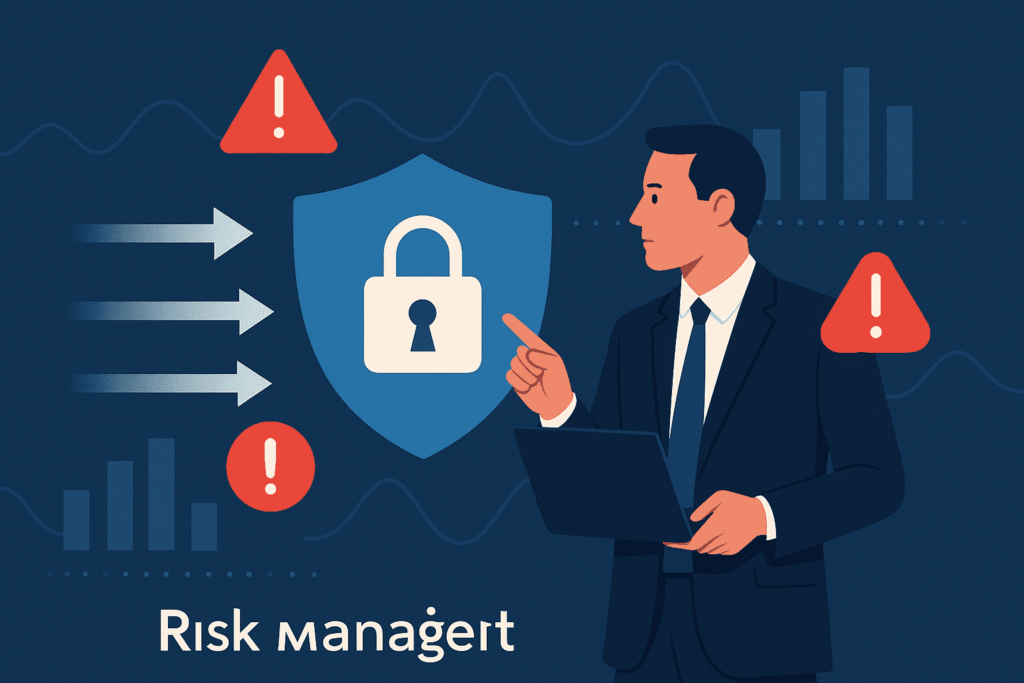In a digital landscape where cyber threats rapidly evolve, risk management has emerged as a fundamental aspect of cyber security. Identifying, assessing, and alleviating potential risks allows businesses to respond proactively rather than reactively to challenges.
Comprehending Cyber Risk
Cyber risk denotes the probability of loss or harm resulting from cyber assaults, data breaches, or internal failures. In contrast to conventional hazards, cyber threats are fluid and asymmetric, frequently arising from unidentified perpetrators employing unforeseen tactics.
Essential Elements of Cyber Risk Management
- Identification of Risks: Commence by cataloguing your assets, comprehending data flows, and pinpointing potential weaknesses.
- Risk Assessment: Analyse each risk based on probability and potential consequences, employing qualitative or quantitative methodologies.
- Risk Mitigation: Establish safeguards, including firewalls, encryption, multi-factor authentication, and personnel training.
- Risk Monitoring: Persistently assess threats, evaluate policy efficacy, and ensure compliance via auditing and threat intelligence.
- Incident Response Planning: Anticipate worst-case circumstances by establishing clearly delineated responsibilities, communication pathways, and recovery strategies.
Strategic Frameworks
Frameworks like the NIST cyber security Framework, ISO/IEC 27005, and FAIR (Factor Analysis of Information Risk) provide systematic approaches for the successful management of cyber security risks.
Integrating Cyber Risk into Business Strategy
Risk management should not rest exclusively with the IT department. C-level executives, compliance officials, and operational managers must converge on a unified comprehension of cyber risk and resilience objectives.
In sum, successful cyber risk management entails diminishing uncertainty rather than completely eradicating risk. By implementing a systematic, business-orientated strategy, businesses can enhance resilience, minimise incident-related expenses, and safeguard their brand.
